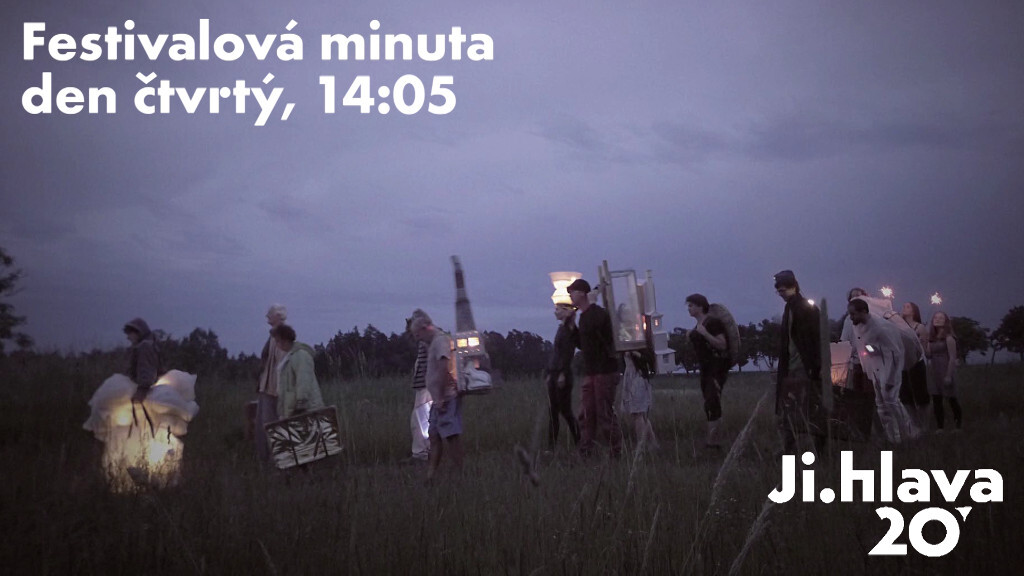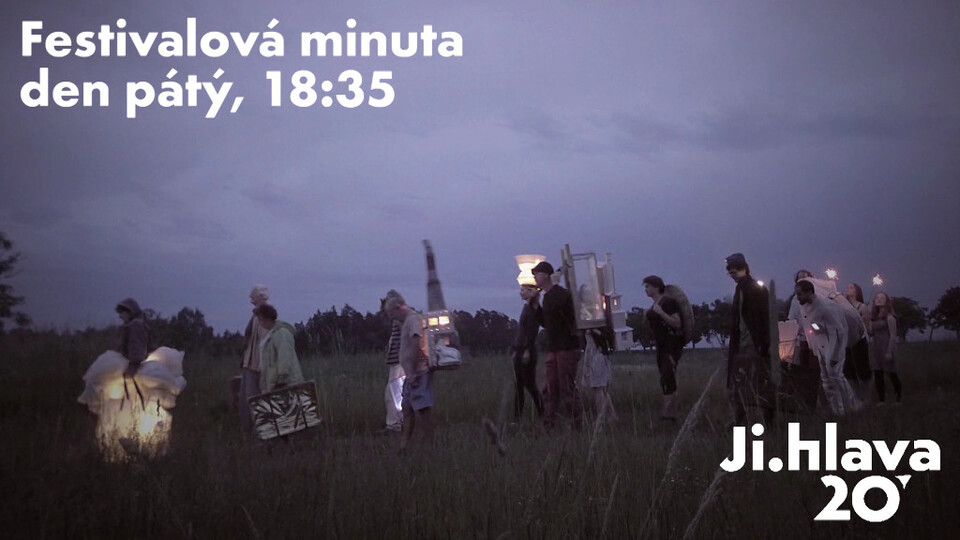Festival minute
The multi-layered discussion 2036: Documentary Oddyssey, documentary cinema in the next 20 years brought together exceptional speakers representing varied visionary perspectives. Mike Hoolboom, the legendary Canadian experimental filmmaker and writer, Charlie Phillips, the head of current affairs docs column in the British journal The Guardian, Michal Bregant, the general director of the National Film Archive, Marek Moudrý, the founder of Machine learning community, and George Clark, the former film curator of British gallery of modern art Tate Modern, presented their ideas on development of documentary cinematography and important aspects of its presence in the discussion moderated by the festival programmer Andrea Slováková. The debate considered the issue of documentary film development from three points of view: documentary film as a stylistic form carrying a certain set of values in its conventions (certain types of references to reality and factuality, ethical limits, relations to shown characters, ways of storytelling), documentary film as a production and distribution practice and an artefact for archiving, and also a documentary film as an aesthetic practice resulting from various creative methods (which might also include self-reflection towards a medium or means of expression, interactivity, active role of audience or devices and computers “helping” to create a film).
Marek Moudrý summarized the possibilities how computers contribute to creative process already today – they can arrange the material or identify certain elements and details in images and thus assign meanings to them. In addition to that, these “competences” of computers are becoming more and more precise and perfect. However, he also remarked that a strong message represents an important characteristic feature of a documentary film, and this is exactly where the computer is “behindhand” – it is behind with an ability to interpret things in a critical way and create a worthy message or information. Charlie Phillips said, “without intending to sound distopianly”, that short forms of audio-visual messages do represent a dominant format watched online and that ingenious (and only hardly visible) processes of Google and Facebook sorting and favouring a chosen content do contribute to our choice of format, through which we, internet users, perceive the content. However, users´ habits and current behaviour cannot be the only determining factor of content formation. Mike Hoolboom pointed out “a device which has changed everything – the portable phone”, which enables us to create our own archive constantly and carry it with us all the time. Michal Bregant emphasized that archiving audio-visual material is only one way memory institutions can contribute to future reflection of the present. More important is to make the material available, since “sharing is the key”. However, he also emphasized that it is simply impossible for one institution to create archive of all audio-visual material emerging every day and that the role of educated curators well informed in digitally created contents and works is crucial. This opened up the question of values which serve us to choose from the plentiful and continually emerging content. George Clark explained how massive the current absorption of influence of film is in fine arts and how art and information or reference to reality create an important live form of visual arts. However, we have to think about technologies of presentation and ways, tools and practice through which it is possible to get (now and also in future) the documentary content to its recipients. A necessity to create our own individual systems (and “non-systems”) and orders of our personal and also public sources and archives we follow, is one of the conclusions of this visionary discussion. That is what makes us distinguish things and assign values to content in a subjective and individual way.


